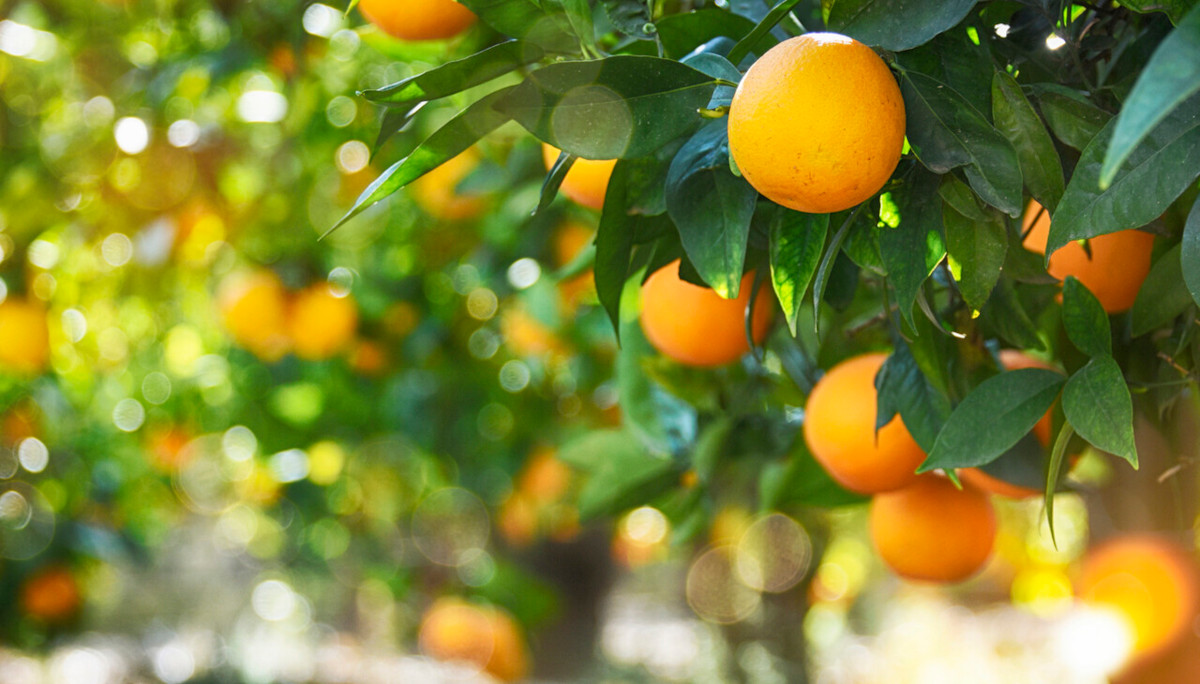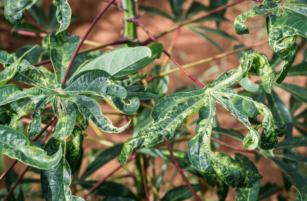Insight Focus
Florida faced severe weather and crop losses. Hurricane Milton made landfall Wednesday, causing damage across the state. The USDA estimates a decline in the 2024/25 orange crop, projecting significantly lower harvest numbers.
The hurricanes of 2024 have left Florida’s orange industry reeling, with immediate crop losses and long-term threats to tree health. The combination of natural disasters, disease and declining productivity has created a highly volatile market.
Globally, orange juice supplies are under strain, with key producers like Mexico, Brazil and Florida all facing significant challenges. Unless Brazil’s 2025/26 orange crop experiences a strong recovery, the world may continue to face orange juice shortages and rising prices in the coming years.
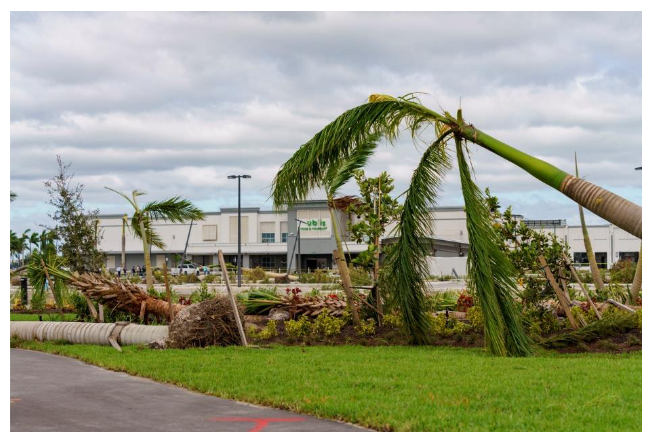
Immediate Damage to the Orange Crop
Hurricane Milton struck central Florida last week with winds as high as 129 mph, causing widespread damage to orange groves in some of the state’s most productive citrus counties. The Hurricane reached Category 5 speeds over the Gulf of Mexico but was downgraded to a Category 3 on landfall.
Many groves were hit just as the oranges were nearing maturity for the upcoming harvest. Early estimates suggest that up to 40% of Florida’s orange crop in some regions was lost due to the storm, with overall state losses projected between 25% and 35%. As more data is collected in the coming weeks, further fruit drop is expected, exacerbating the damage.
This came after Hurricane Helene made landfall in Florida on September 26 as a Category 4 hurricane. Helene went on to become one of the worst hurricanes ever, potentially as devastating as Hurricane Katrina, but it missed most of the citrus-producing areas. Another hurricane before the end of the Atlantic hurricane season could further constrain supply and drive the market to new all-time price highs.

Long-Term Effects on the Citrus Industry
These storms arrived at a particularly vulnerable time for Florida’s orange growers, who have been battling citrus greening, a devastating bacterial disease, for nearly two decades. Hurricane Milton’s direct hit on key growing areas has compounded the challenges faced by farmers, threatening not only this year’s harvest but also the long-term health of the trees.
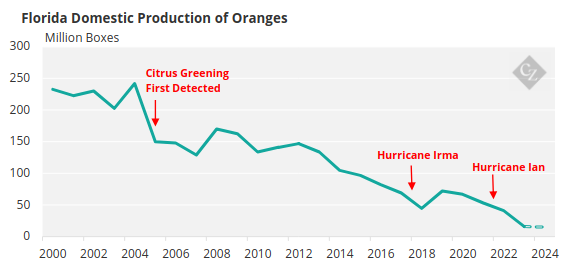
Source: USDA
One of the greatest concerns following the hurricanes has been the flooding caused by excessive rainfall. Flooded soil is especially damaging to citrus trees, as it can weaken root systems and make the trees more susceptible to diseases like citrus greening.
The cumulative effects of storm damage, combined with the ongoing threat of citrus greening, put the future of Florida’s orange industry at serious risk. In the wake of Milton, farmers are now facing the possibility of declining productivity for several seasons, as many trees may take years to recover or may not survive at all.
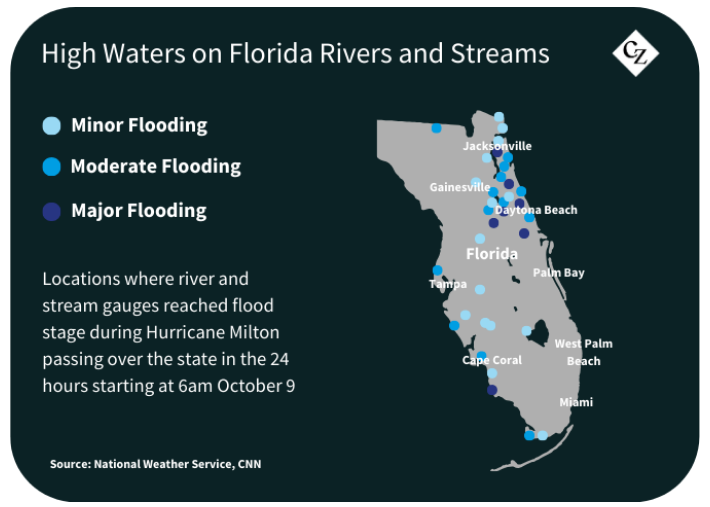
Market Impacts: Rising Prices and Global Shortages
This uncertainty, coupled with Mexico’s forecasted 38% drop in orange production, contributed to a highly volatile week in futures markets. Futures prices for frozen concentrated orange juice traded on the ICE Futures US exchange are up about 53% so far this year and have climbed 3.9% this month, according to Dow Jones Market Data.
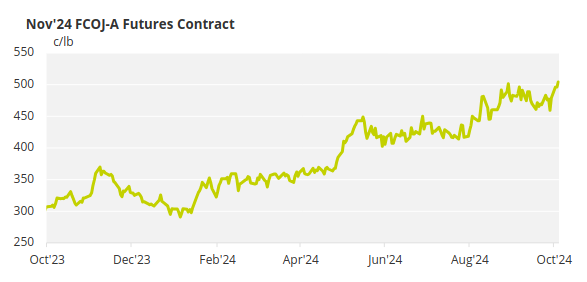
Source: ICE
Traders are particularly concerned about how this volatility will affect long-term pricing. If Brazil, the world’s top orange producer, continues to experience poor harvests, the global market could see sustained price increases. Futures prices, previously hovering in the USD 4.00-5.00/lb range, are expected to climb, further tightening supply chains.
